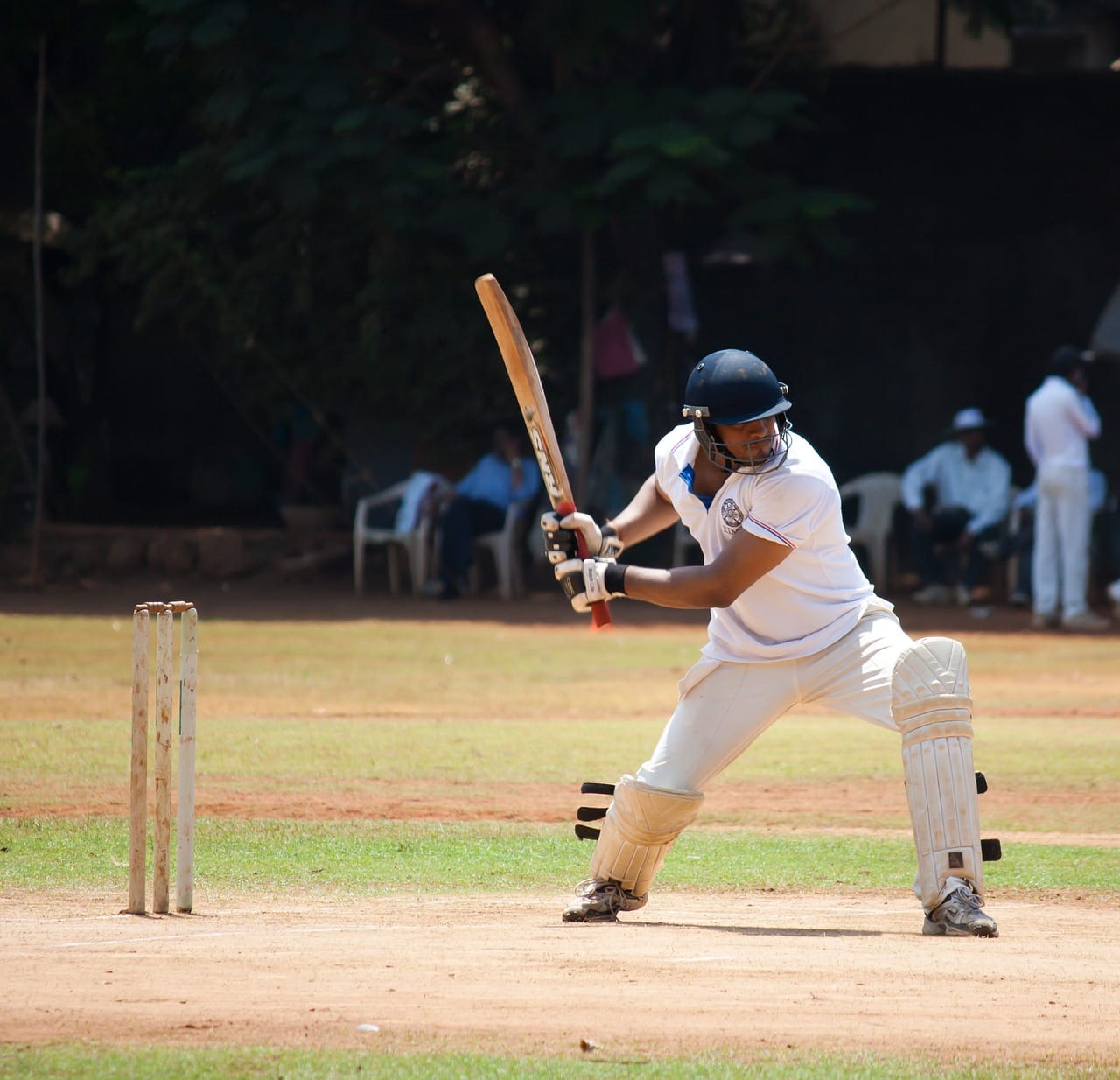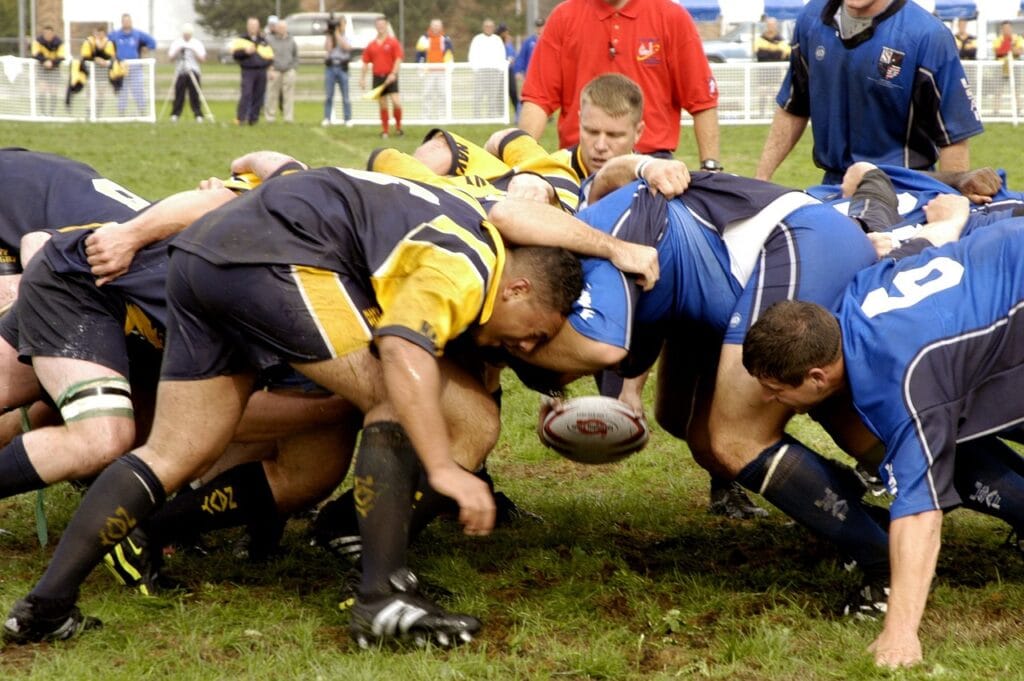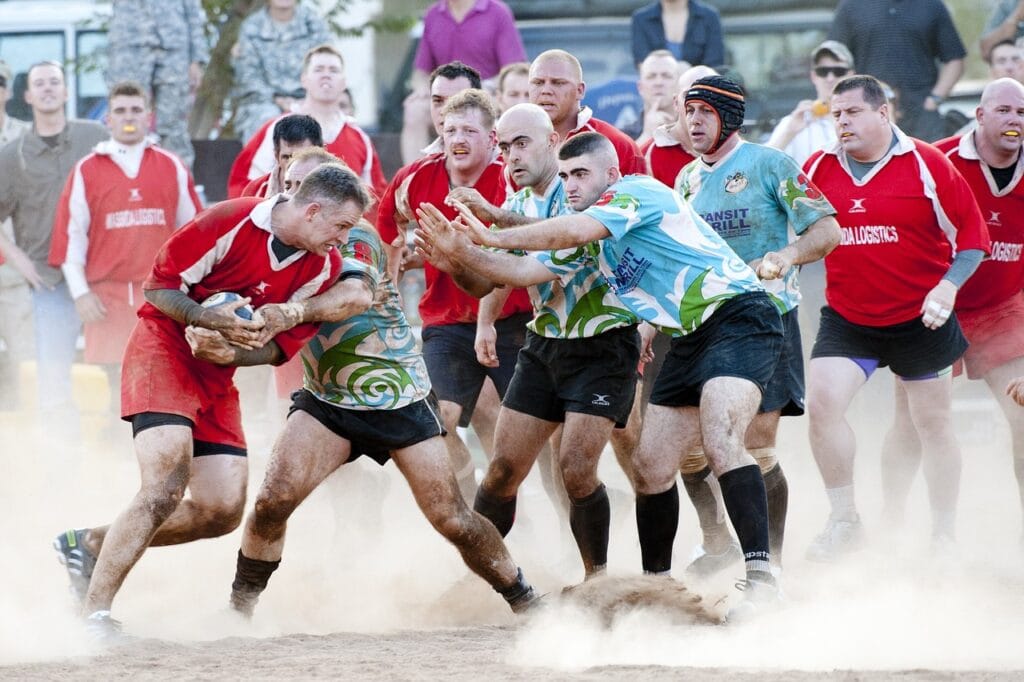As Australia approaches another federal election, the topic of sports funding has gained significant attention. With the election date expected to be announced soon, political parties are making promises aimed at securing votes, and sports funding is one of the key areas being targeted. In the past, sports funding has played a major role in shaping both grassroots and professional sports in Australia, as well as contributing to the health, social cohesion, and overall well-being of the nation. With millions of dollars being pledged for various sports-related initiatives, it’s essential to examine the promises made by the Federal Government and the Federal Opposition and the potential impact these pledges may have on Australian sports.
Election Promises: A Glimpse into Sports Funding Priorities
In the lead-up to the 2007 Australian federal election, Prime Minister John Howard decided not to announce the election date during the Australian Football League (AFL) and National Rugby League (NRL) Grand Final week, signaling just how integral sports are to the fabric of Australian society. As election campaigns heated up, so too did promises related to sports funding.
According to a report by The Age newspaper in Melbourne, the Federal Government at that time had pledged at least $129 million in sports funding, while the Federal Opposition committed to $32 million. These promises focused on everything from infrastructure projects to the maintenance of sporting ovals, many of which had been affected by the severe drought gripping the nation. For Australians, sports funding is more than just money for professional leagues—it’s about investing in the community, promoting health and wellness, and building a strong sports culture.
The Role of Sports in Australian Culture
Sport is a cornerstone of Australian life. Whether it’s AFL, rugby, cricket, or tennis, Australians have a deep connection to both participating in and watching sports. With sports being such an integral part of Australian culture, it’s no wonder that political parties focus heavily on sports funding during election campaigns. For many voters, sports funding is a reflection of a government’s commitment to supporting both elite athletes and grassroots sports.
This cultural significance means that political parties cannot afford to overlook sports funding in their election campaigns. By pledging millions of dollars for sports-related projects, parties not only hope to win over voters but also demonstrate their understanding of the value that sport brings to Australian society.
The Government’s $129 Million Sports Funding Promise
In the 2007 election cycle, the Federal Government pledged $129 million in sports funding. This significant amount reflected the government’s acknowledgment of the challenges facing Australian sports, particularly in light of the ongoing drought. Much of this funding was earmarked for capital works projects, including the maintenance of water supplies to sporting ovals that were struggling due to drought conditions.
At the time, the drought had severely impacted sporting facilities across the country, particularly in rural and regional areas. Many sporting ovals were dry and unusable, affecting local sports leagues and community events. The government’s promise to invest in maintaining and upgrading these facilities was seen as a critical move to ensure that Australians could continue to participate in sports, despite the environmental challenges.
Additionally, a portion of the $129 million was aimed at supporting elite athletes and professional sports organizations, which are vital for Australia’s continued success on the global sporting stage. By investing in both community sports and elite athletes, the government sought to create a balanced approach to sports funding that would benefit all Australians.
The Opposition’s $32 Million Commitment to Sports Funding
While the Federal Government’s sports funding promise far exceeded that of the Federal Opposition, the latter also made a significant commitment. The Opposition pledged $32 million in sports funding, focusing on key areas such as upgrading facilities and ensuring that community sports organizations had the resources they needed to thrive.
For the Opposition, the focus was on ensuring that sports funding reached local communities and grassroots organizations, which often rely heavily on government support to maintain facilities, run programs, and provide opportunities for participation. These grassroots programs are essential for fostering the next generation of athletes and ensuring that all Australians have access to sporting opportunities, regardless of their background or location.
Though the Opposition’s funding promise was smaller, it was strategically aimed at addressing the immediate needs of community sports organizations, particularly in areas that had been hardest hit by the drought.
Capital Works and Infrastructure Projects: The Foundation of Sports Funding
A significant portion of both the Government and Opposition’s sports funding promises focused on capital works and infrastructure projects. Maintaining and upgrading sporting facilities is crucial for ensuring that Australians can continue to participate in sports, particularly in areas where drought or other environmental factors have caused damage to existing infrastructure.
In addition to maintaining water supplies for sporting ovals, capital works projects often include the construction of new facilities, the renovation of existing venues, and the installation of new technologies, such as artificial turf, to ensure that sports can be played year-round, regardless of weather conditions. These investments not only benefit current sports participants but also ensure that future generations have access to high-quality facilities.
Infrastructure projects funded by the government can have a long-lasting impact on local communities. By building and upgrading sports facilities, the government helps to create spaces where people can come together, improve their health, and build social connections through sport.
The Economic Impact of Sports Funding
While the social and cultural importance of sports funding is clear, there is also a strong economic argument for investing in sports. Sports funding can lead to job creation, both during the construction and maintenance of facilities and in the ongoing operation of sports organizations. Local businesses often benefit from the increased traffic generated by sporting events, while sports tourism can bring significant revenue to regional areas that host major sporting competitions.
Moreover, investing in sports funding can have a positive impact on public health, which in turn can reduce healthcare costs. By encouraging people to participate in sports and lead active lifestyles, the government can help to address issues such as obesity and chronic diseases, which place a significant burden on the healthcare system.
From an economic perspective, sports funding is an investment in the well-being of the nation, with long-term benefits that extend far beyond the initial financial outlay.
The Future of Sports Funding in Australia
Looking ahead, the issue of sports funding is likely to remain a key topic in Australian politics. As climate change continues to pose challenges for the maintenance of sporting facilities, particularly in rural areas, governments will need to find innovative solutions to ensure that Australians can continue to enjoy their beloved sports.
Additionally, as Australia prepares to host major international sporting events in the future, such as the 2032 Olympic Games in Brisbane, there will be increasing pressure on the government to invest in world-class facilities that can accommodate these events. This will require careful planning and significant financial investment, but it also presents an opportunity for Australia to showcase its sporting prowess on the global stage.
Conclusion: A Balanced Approach to Sports Funding
As election promises continue to roll in, it’s clear that sports funding will remain a critical issue for both voters and political parties. While the government’s $129 million pledge in 2007 was a significant investment in the future of Australian sports, it’s important that future governments continue to prioritize sports funding, particularly for grassroots organizations and communities in need.
Ultimately, a balanced approach to sports funding is essential. By investing in both elite athletes and community sports, governments can ensure that all Australians have access to the benefits of sport, whether they are playing on the local oval or representing the nation on the world stage. As Australia continues to grapple with challenges such as drought and climate change, the role of sports funding in maintaining a strong, healthy, and active population cannot be underestimated.



